Physics

H0 charge "clouds" in |4,3,1> state.
In about 1985, while considering a banal problem of scattering from atoms, I occasionally discovered the positive-charge (second) atomic form-factors
describing effects of interaction of a charged projectile with the atomic nucleus [1]:
(1)
(2)
(3)
To my surprise, it was unknown and it was absent in…

"So string theory is certainly among the directions that deserve more investigation. But should it continue to be regarded as the dominant paradigm of theoretical physics ? Should most of the resources aimed at the solution of the key problems in theoretical physics continue to support research in string theory ? Should other approaches continue to be starved in favor of string theory ? Should only string theorists be eligible for the most prestigious jobs and research fellowships, as is now the case ? I think the answer to all these questions must be no. String theory has not been successful…
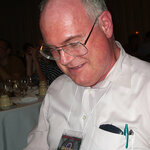
I was quite saddened today to hear the bad news that Uli Baur passed away prematurely yesterday. Uli was a professor of physics at the University at Buffalo, and his research interests focused on electroweak phenomenology. I knew Uli as I worked with him in a workshop at Fermilab, when we tried to determine the Run II potential of the Tevatron in the physics of weak bosons. He was a brilliant theorist, known for his good manners and charm. He was also a CMS collaborator (although I did not know that! We are simply too many in these large collaborations...)
The best way I have to remember Uli…
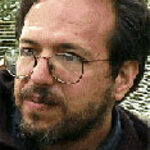
Physics hunts for the ultimate theory; at least that is what the media and people like L. Susskind and M. Tegmark tell us incessantly what physics is all about (god particle, ultimate string theory landscape, ultimate ensemble, and all that). If you are after the ultimate theory, Smolin
demands two things that are yet worse than an infinite statistical ensemble (which I went into in Part 1 of this series): Firstly, Darwinian argumentation as a fundamental explanation, and secondly, that the fundamental theory can potentially be falsified.
Lets first deal with Darwinian selection as the…
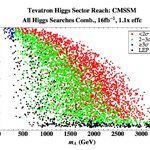
The time is now. If you are going to fantasize about the possibilities of an extended Tevatron running and how likely it is that your favourite physics model may be tested by CDF and DZERO, you are advised to get in the game.
The Tevatron running has been suggested to be continued until 2014, which would allow its two experiments to collect a total dataset of as much as 16 inverse femtobarns of proton-antiproton collisions, as opposed to the mere 10 inverse femtobarns they would get by stopping as expected at the end of 2011. Discussions on the pros and cons of this extension have been going…

"I learned the stopping-rule principle from Professor Barnard in conversation in the summer of 1952. Frankly, I then thought it a scandal that anyone in the profession could advance an idea so patently wrong, even as today I can scarcely believe that some people resent an idea so patently right."
L.J. Savage

Effect of embedding Fe3O4 nanoparticles in silica spheres on the optical transmission properties of three-dimensional magnetic photonic crystals
Magnetic and optical properties of three-dimensional fcc-structured magnetic photonic crystals (MPCs), consisting of SiO2 spheres, in the size range 260–680 nm, embedded with 0–6.4 wt % Fe3O4 nanoparticles have been investigated. In the wide spatial angle transmission spectra for these crystals at normal incidence of light in the UV-visible range, five photonic band gaps (PBGs) due to Bragg diffraction from different crystal planes have been observed…
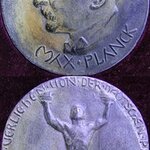
I am very happy to report here (after having done the same on my Greek blog first, for a change) that the "Max Planck" medal for 2011 has been assigned to Giorgio Parisi, a distinguished Italian theoretical physicist. I first got the welcome news from Facebook, thanks to my e-friendship with Parisi.
The Max Planck prize is assigned yearly by the German Society of Physics to physicists who distinguish themselves for their research in theoretical physics. The list of recipients of the prize is full of quite illustrious names: suffices to cite here Einstein (1929), Dirac (1952), Fermi (1954),…

In another thread on Science 2.0 we got onto the nature of existence and what we can say for certain about the universe (if anything). Given that physics and math seem so intimately linked in practice, I often wonder if this link is "real". In other words:
Do numbers and other mathematical entities actually exist, or are they made up by the human mind?
This is a question I've asked in a number of forums before and have only gotten one interesting reply. Derek Abbott said he doesn't know, but thought it was a paradox. To paraphrase Derek: "Nowhere in the universe does a…
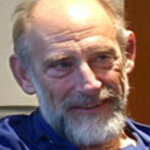
At the Edge you can find a rather interesting discussion between Lee Smolin and Leonard Susskind, involving all the stuff I try to demystify often.
They fought via email, then agreed to each write a final letter on the edge. And today you can read the final judgment right here at the source from somebody who is little prejudiced by his own hidden agenda, which is by the way one of the main charges that Susskind
repeatedly throws at Smolin,
without realizing that it is actually mainly he himself who commits such.
The argument is mainly (length wise, but also in a sense only on the surface…